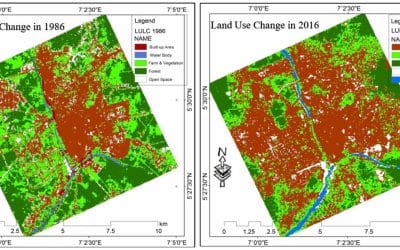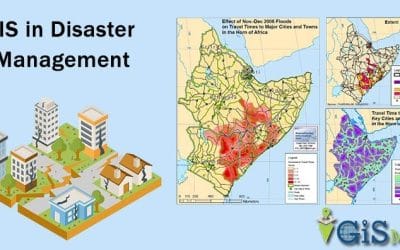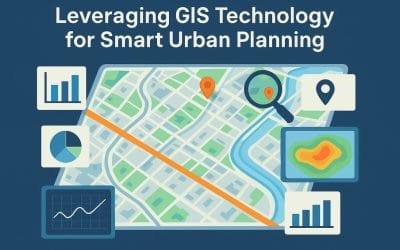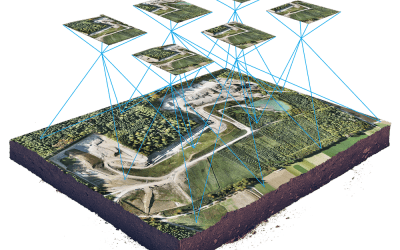In the world of Geographic Information Systems (GIS), geometry may be the star of the show—but it’s topology that gives the performance its meaning. While geometry tells us where things are, topology tells us how those things are related. And in spatial analysis, those relationships often matter more than location itself.
In this blog post, we’ll explore what topology means in the GIS context, why it’s critical for spatial data integrity, and how it empowers complex spatial analysis that goes far beyond the basics of lines and points.
What Is Topology in GIS?
In simple terms, topology refers to the spatial relationships between geographic features. Unlike geometry, which is concerned with shapes, sizes, and locations, topology focuses on how features connect, overlap, contain, or relate to one another spatially—regardless of their precise coordinates.
Examples of topological relationships include:
- Adjacency (Feature A is next to Feature B)
- Connectivity (Line A connects to Line B)
- Containment (Polygon A is inside Polygon B)
- Intersection (Line A crosses Polygon B)
These rules and relationships form the backbone of intelligent spatial modeling.
Why Topology Matters
- Data Integrity & Validation
Without proper topological rules, spatial datasets can develop errors such as gaps between supposedly adjacent polygons, overlapping land parcels, or dangling nodes in a road network. Topology helps enforce rules that prevent such inconsistencies. - Advanced Spatial Analysis
Operations such as network routing, land parcel subdivision, and spatial joins rely heavily on topological relationships. For example, determining the shortest path between two locations in a road network isn’t about their coordinates alone—it’s about which lines are connected and how. - Real-World Modeling
Topology brings GIS closer to how we actually experience space. A utility pipe under a road, a school inside a district, or a river intersecting multiple administrative zones—these are topological concepts that reflect real-world spatial logic. - Temporal Continuity
In cadastral mapping and urban development, topology ensures consistency over time. When one property is split into two, or two parcels merge into one, topological rules help maintain logical connections between historical and current datasets.
Topology in Action: A Practical Example
Imagine you are managing a city’s utility network in a GIS platform. You need to ensure that every pipe is connected to another, that there are no ‘floating’ segments, and that no two lines intersect unless they’re meant to.
Here’s where topological rules come in:
- Must Not Have Gaps (for polygon zones)
- Must Be Covered By (for pipelines within service areas)
- Must Not Overlap (for zoning areas)
- Must Not Intersect (for certain linear features like restricted zones)
A violation of any of these rules could result in inaccurate analysis, service disruption, or costly mistakes.
Topology Tools in GIS Software
Modern GIS platforms provide tools to create, validate, and correct topological errors:
- ArcGIS: Offers a dedicated Topology Toolbar and Topology Layer in geodatabases
- QGIS: Includes topology checking tools in the Advanced Digitizing Toolbar and Geometry Checker Plugin
- PostGIS: Supports topology through topological schemas and spatial relationships using SQL
In all cases, users can define their own topological rules depending on the nature of the dataset and the goals of their analysis.
Beyond Static Maps: Topology and the Future
Topology isn’t just about preventing errors or building cleaner maps. It’s foundational to emerging GIS disciplines like:
- Spatial AI & Machine Learning: Where relationships inform clustering and predictions
- Real-Time Sensor Networks: Where connectivity affects data routing and alert systems
- 3D and Indoor GIS: Where vertical adjacency and multi-level navigation depend on complex topological models
As GIS moves into dynamic, real-time, and immersive applications, topology will become even more crucial—not just for maintaining accuracy, but for enabling intelligent interaction with the physical world.
Final Thoughts
Topology in GIS is like grammar in language: it might seem technical or behind-the-scenes, but it’s what allows meaning to emerge from raw data. It elevates GIS from a tool for drawing maps to a system for understanding relationships, patterns, and processes that shape our spatial reality.
Whether you’re building a road network, analyzing habitat connectivity, or modeling urban growth, embracing topology is essential for deeper spatial insight.


































































































